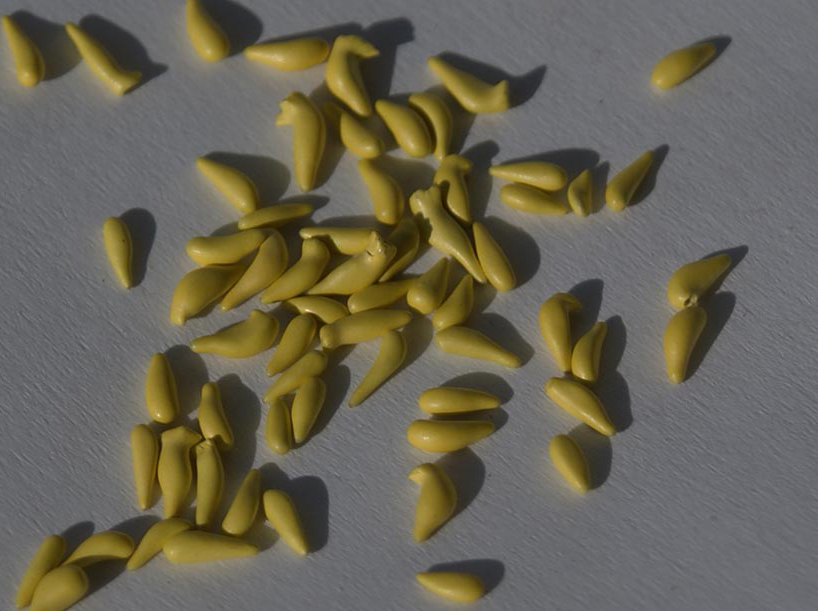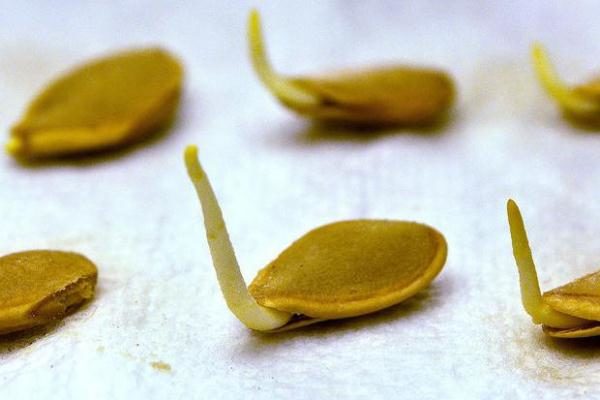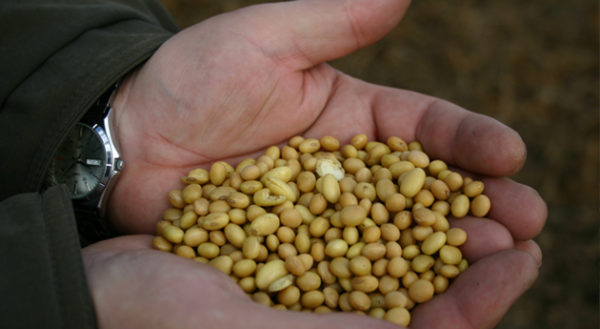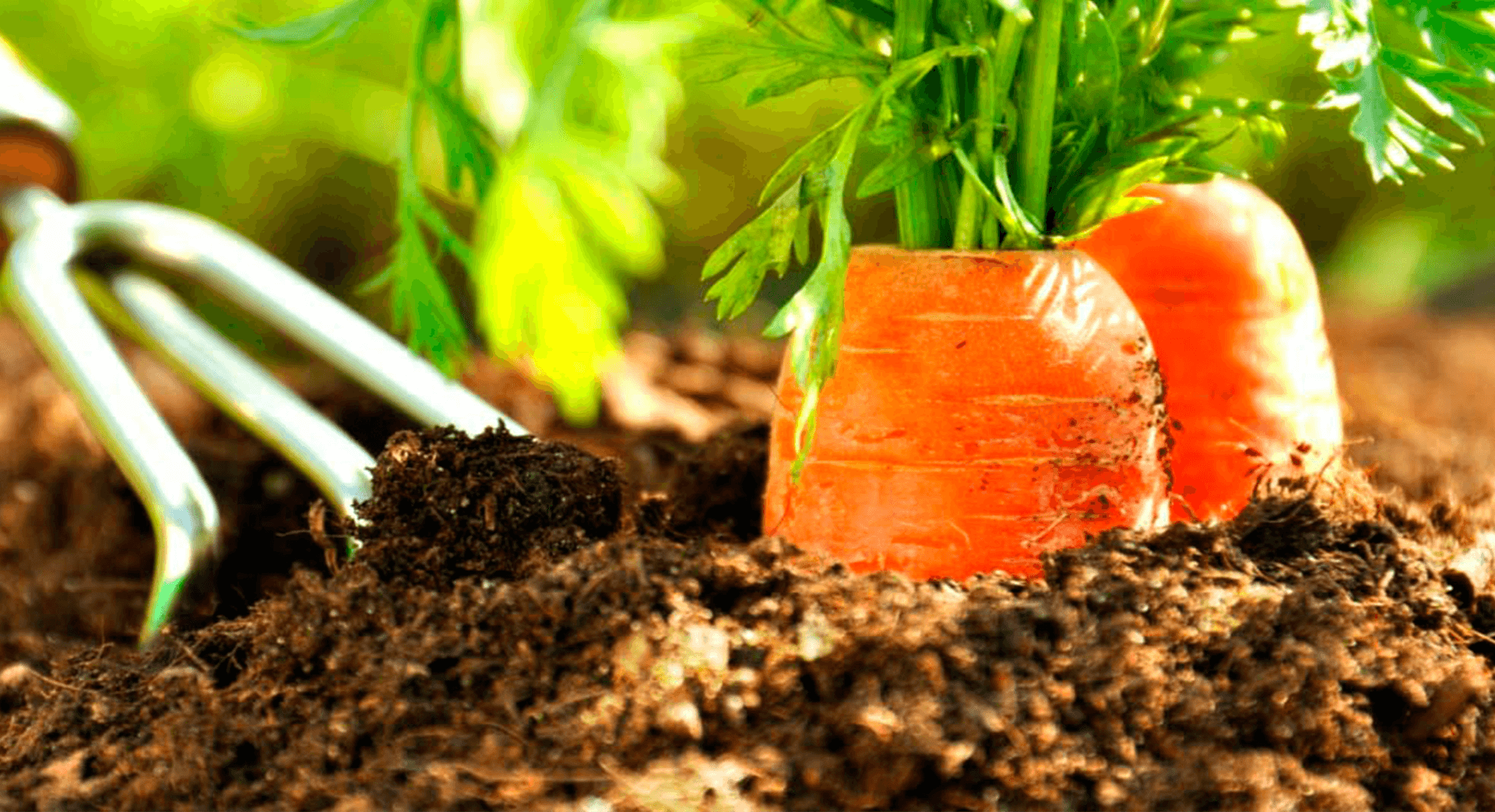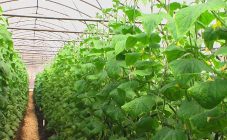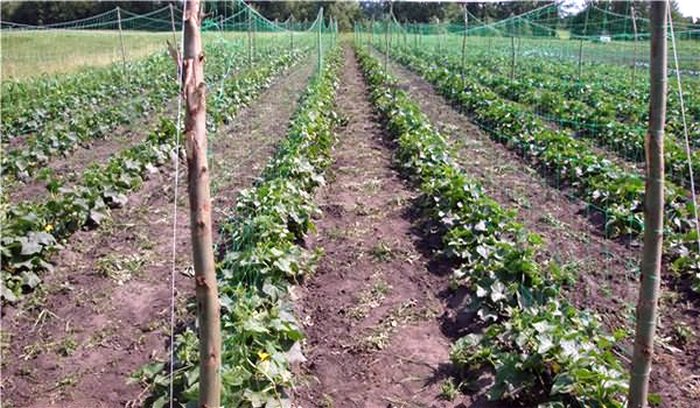Content:
Gardeners begin to prepare for the summer cottage even in winter, slowly acquiring various seeds for planting. Surely many have noticed the inscription on the packaging "F1", what does it mean? This is what we need to understand today.
How does it stand for
It turns out that everything is actually simple. F is the first letter of the Italian word for children, and the number 1 indicates their order. In simple terms, these seeds are the children of this plant in the first generation.
How do you get such hybrids?
It is most convenient to consider this process on the basis of regular tomatoes. For example, breeders have the task of obtaining tomatoes with a dense texture, but at the same time resistant to various diseases. Take a separate variety of tomatoes with the first signs and the second variety, respectively, with the second. On the blossoming flowers of one of the species, all formed stamens are removed and the pollen of another variety is moved there with a special unit. So a new kind of tomato is obtained.
Disadvantages of hybrid plants
Firstly, analyzing the market, the gardener realizes that such varieties of vegetables are much more expensive, for example, ordinary ones.
Secondly, such plants are usually very demanding of themselves. Failure to comply with the necessary regimes and conditions can even be left without a crop.
Thirdly, despite the unusual shape or color of hybrid varieties of vegetables, in fact, they do not always repeat the taste of their "ancestors".
Differences between hybrid and varietal seeds
Varietal seeds are obtained by selecting the best plants and improving them. Hybrid varieties are artificially bred.
